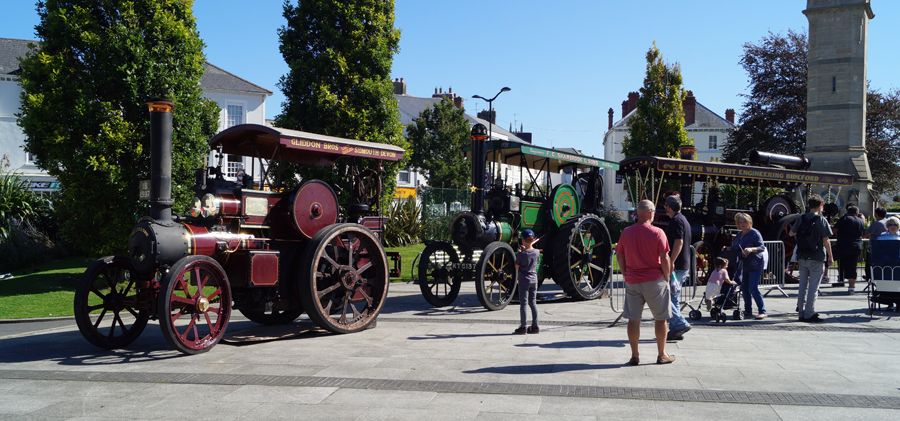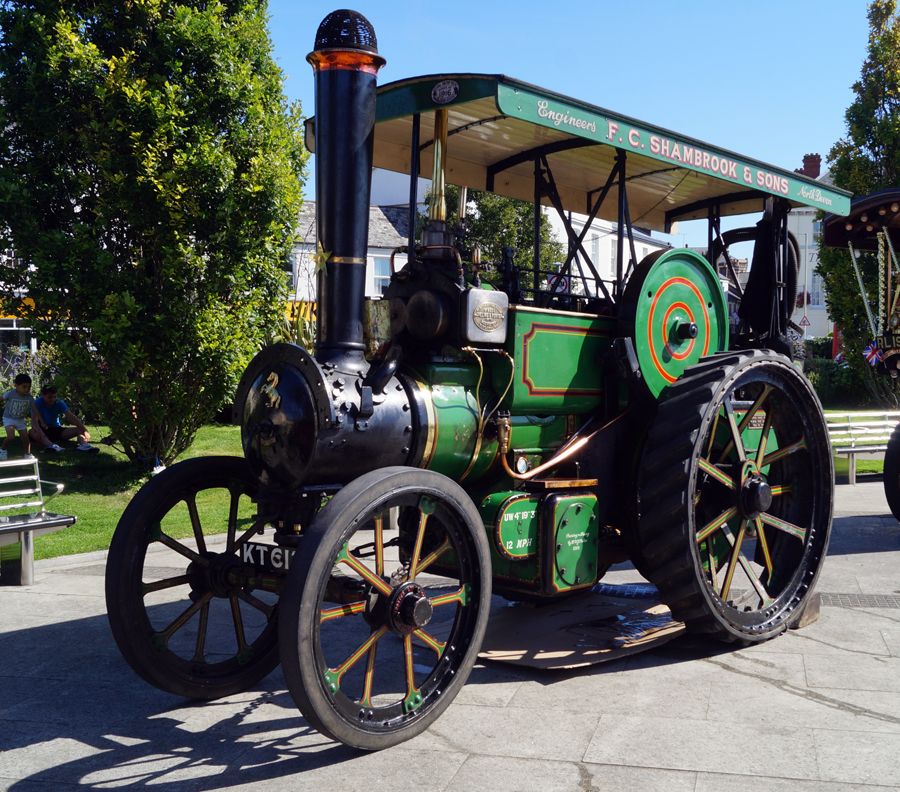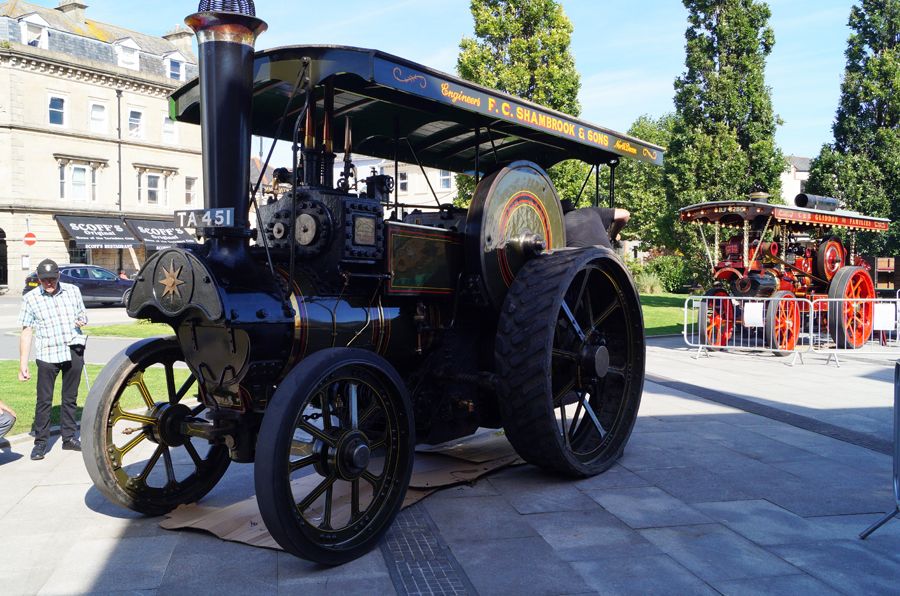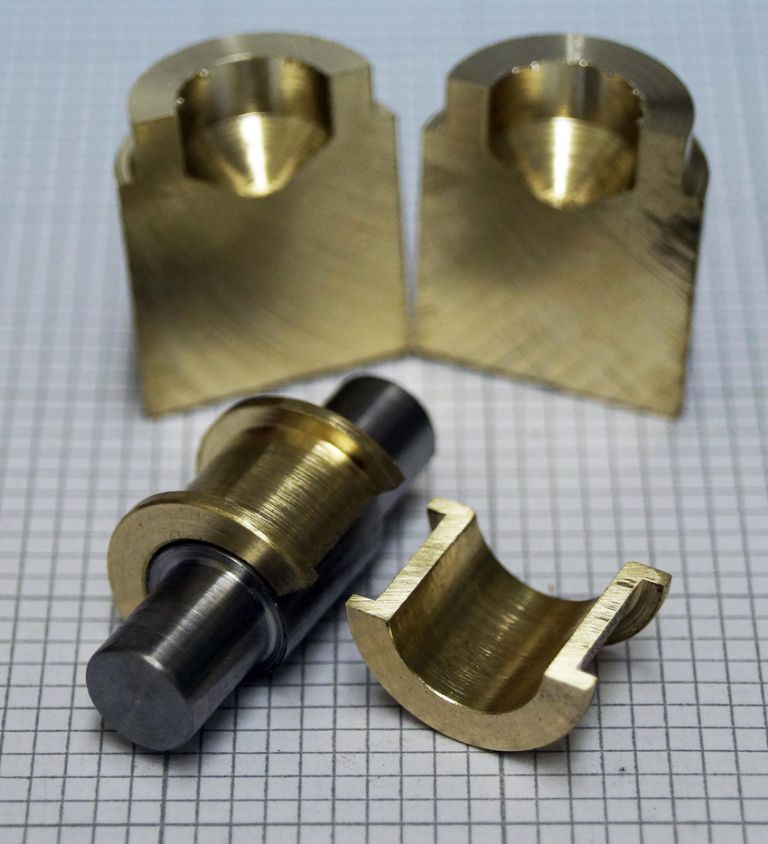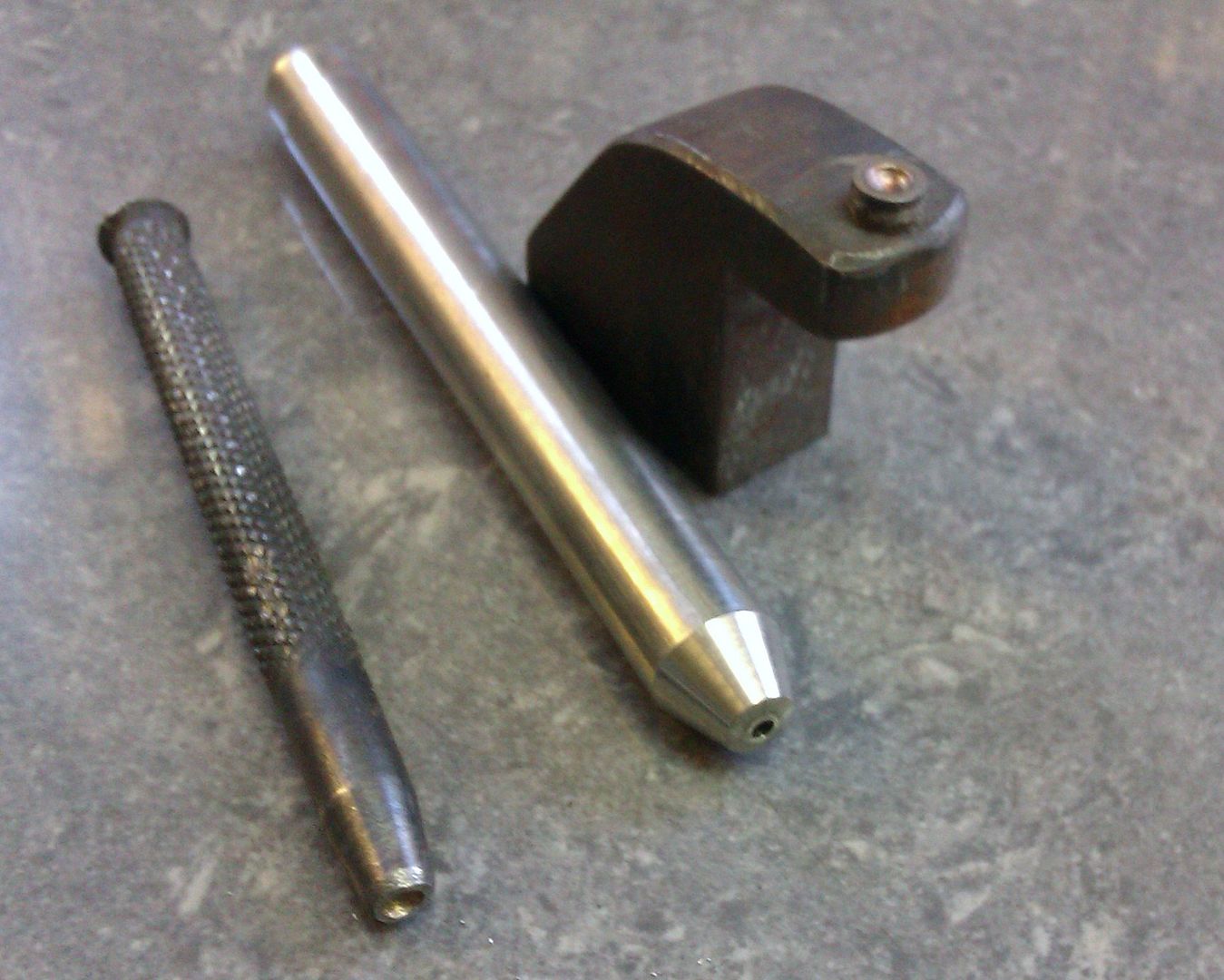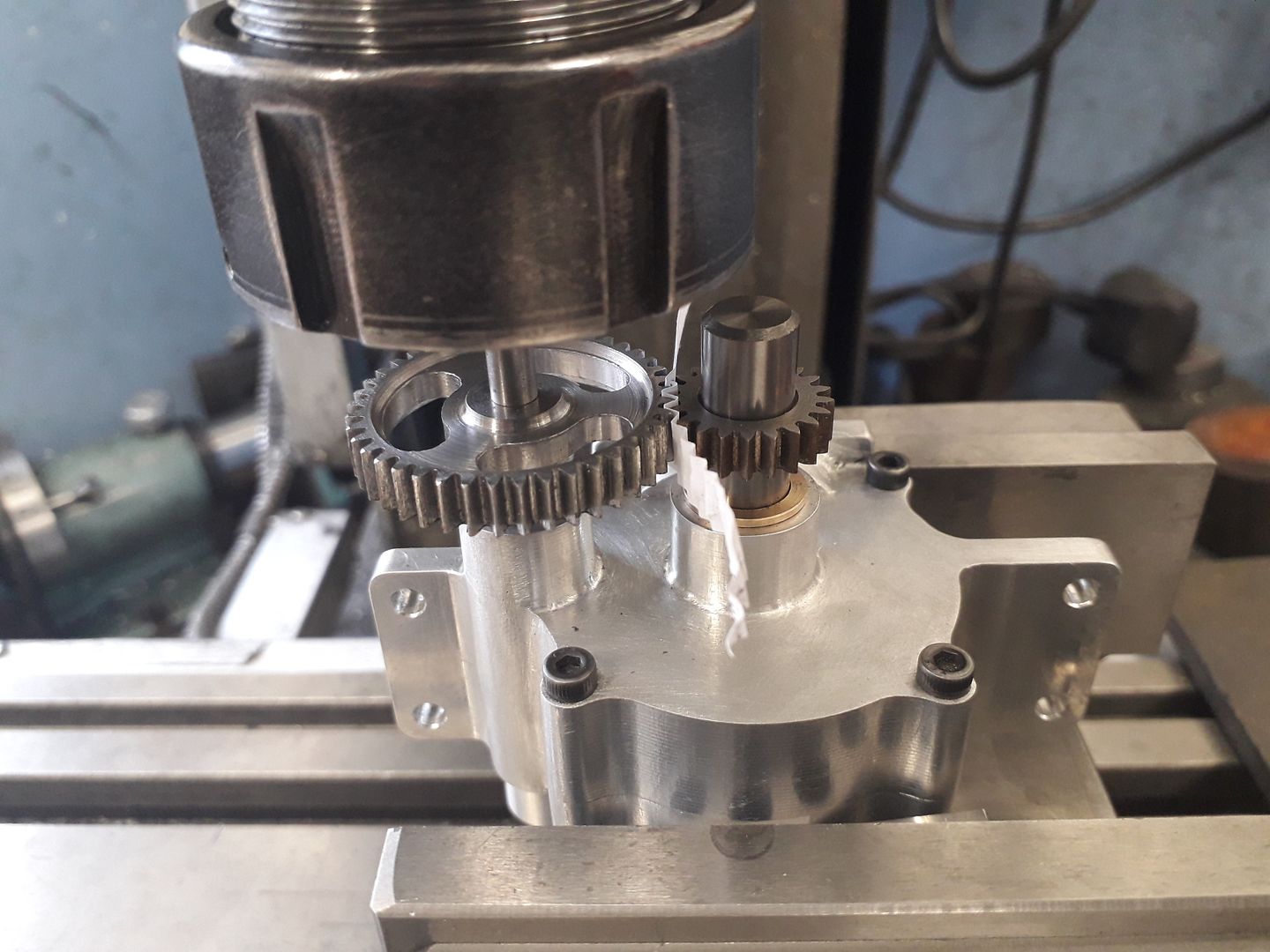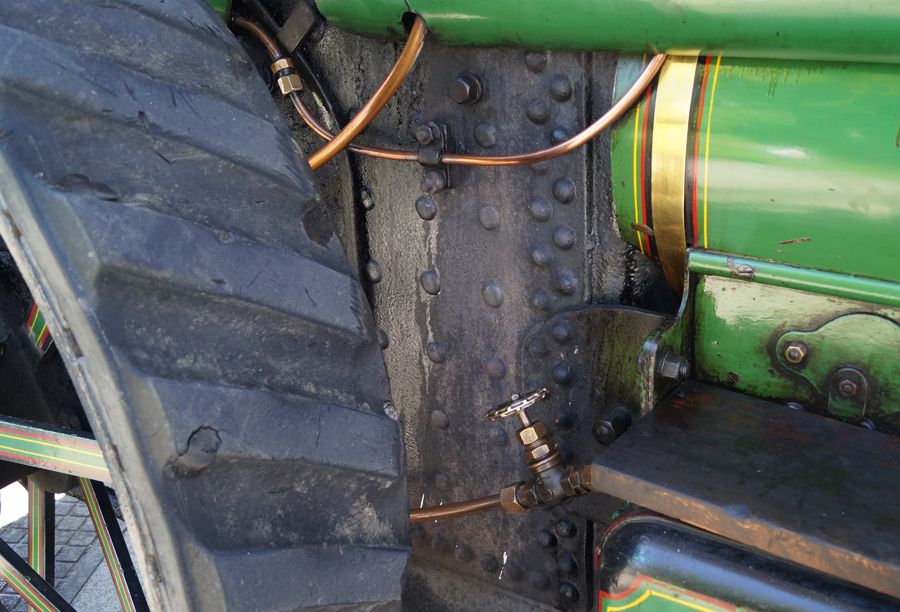Electric Traction Engine
Electric Traction Engine
- This topic has 276 replies, 19 voices, and was last updated 29 April 2021 at 20:32 by
Ron Laden.
- Please log in to reply to this topic. Registering is free and easy using the links on the menu at the top of this page.
Latest Replies
Viewing 25 topics - 1 through 25 (of 25 total)
-
- Topic
- Voices
- Last Post
Viewing 25 topics - 1 through 25 (of 25 total)
Latest Issue
Newsletter Sign-up
Latest Replies
- Hemingway Myford Top Slide Question
- Myford Super 7 questions
- N Devon Model Engineers, is this the end?
- Sieg SX2P – DRO, power feeds, CNC? What first?
- Freecad external threads
- 1200+ magazines to read!
- Shop Tips
- Newbie from the North West
- Ruston proctor tractor part built.
- Diamond grinder wheels – Review


